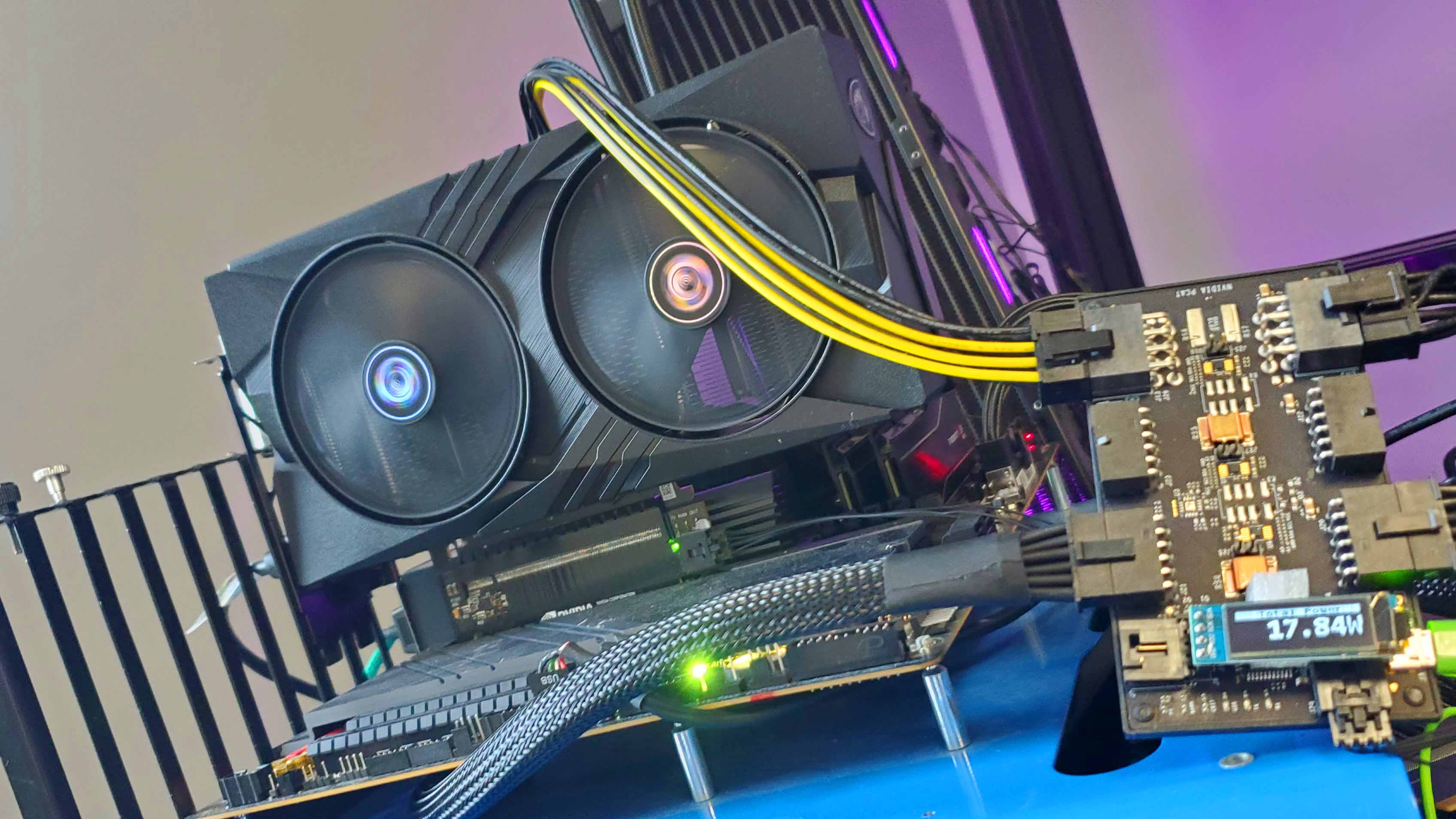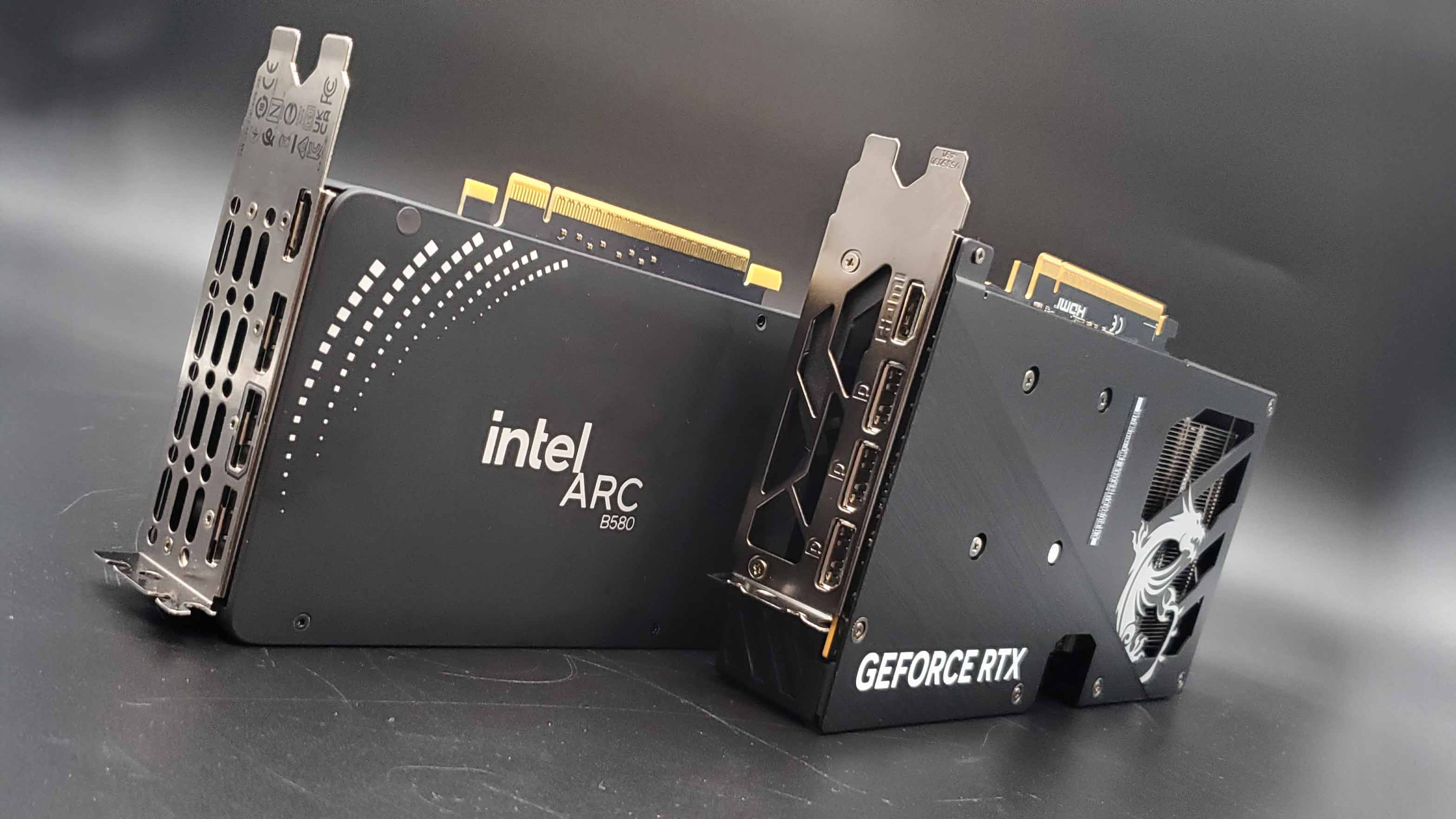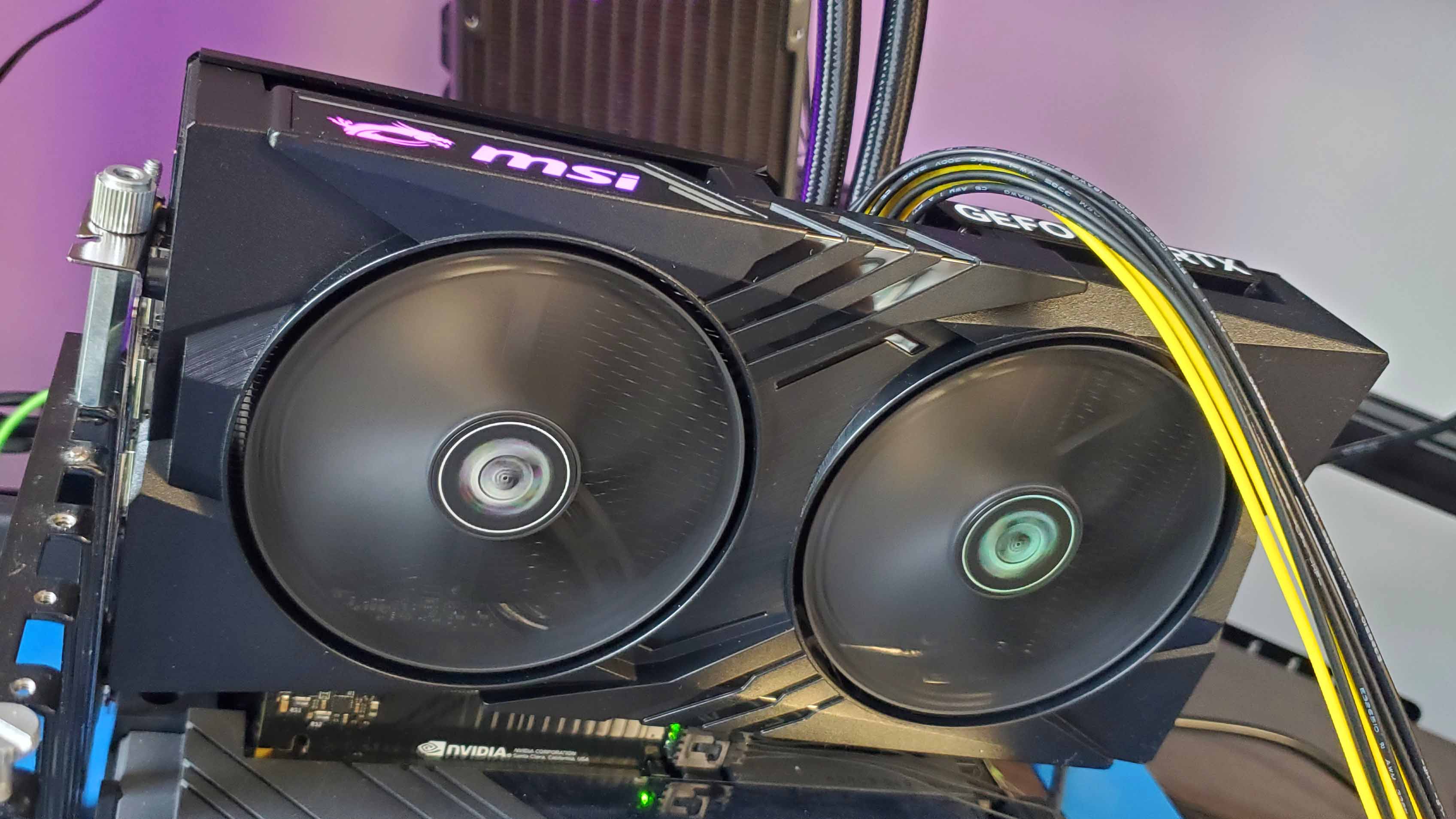
You're going to learn how the new Nvidia GPU performs alongside me, isn't that exciting? No? Just me then.
Something a little screwy has been going on with the new Nvidia RTX 5060 graphics card launch. It was revealed a few weeks ago that Nvidia wasn’t going to be helping sample cards for review testing of its budget-oriented RTX Blackwell GPU. Now, that’s not completely unprecedented for a card low down the stack which doesn’t have a Founder Edition to call its own. What is unprecedented, at least in my long experience, is the company refusing to allow review access to pre-release drivers to specifically block some media from having day one critiques of the hardware live at the time the cards go on sale.
I’ve had an RTX 5060 sat on my desk for the past few weeks, as MSI has been happy to oblige us with the hardware, however, no vendor has been allowed to give us access to drivers in order for those pre-release cards to actually function as intended. I mean, I’ve just been using mine as a paperweight.
But not all media has been blocked. Over the weekend, multiple sites had strictly controlled previews go live for the new RTX 5060 GPU, and those sites have had drivers ahead of time, and will have reviews going live for the embargo of 2pm today. Some of those sites are from the Future family of which we are part, yet it seems PC Gamer, and potentially Tom’s Hardware, have been singled out as publicatio non grata for this launch.
From talking to Nvidia reps before those previews came out it was intimated the company was restricting access because it thought certain media wouldn’t be favourable towards a low-end 8 GB graphics card and assumed they would manufacture ways to highlight the low VRAM failings of such a GPU.
Now, it has to be said that Nvidia owes us nothing and has zero obligation to support PC Gamer around new graphics card launches. We’re talking about a massive, multi-trillion dollar company now, and a GPU which will likely rise to the top of the Steam Hardware Survey in a handful of months no matter what we say; Nvidia doesn’t need us. And yet, in all my time as a PC hardware journalist, at many different sites and publications, Nvidia always has supported pre-release reviews.
And it has also consistently been a good sport about both favourable and unfavourable reviews, so long as they were fair, and honestly demonstrated why any conclusions had been drawn. I feel that’s how we’ve been all along with with the RTX 50-series reviews and yet we find ourselves black-listed by the company for this one.
Still, I’m a professional, I believe in giving our honest, independent opinions on PC gaming hardware and so, I’m going to be testing this card out live. Follow along with the live updates below as I go through benchmarking the card once public drivers are finally released.
Nvidia RTX 5060 specifications
Because we’ve not been allowed access to review drivers we also don’t have access to any reviewer’s guide material which would confirm the specifications of the GPU at the heart of the RTX 5060. But enough has been published and leaked so far that we can be pretty confident that we’re looking at another spin of the GB206 GPU used inside the RTX 5060 Ti.
This time around there are six fewer streaming multiprocessors making up the RTX Blackwell chip, so just 3,840 CUDA cores and the requisite number of RT Cores and Tensor Cores coming out of those 30 SMs. That’s a 25% increase in core count, and Nvidia has claimed a corresponding 25% increase in gen-on-gen raster performance, too.
Alongside that is the much maligned 8 GB of GDDR7 VRAM, which ought to have the same level of memory bandwidth as the RTX 5060 Ti’s 8 GB version because it’s running the same 128-bit aggregated memory bus.
To be honest, I don’t have that much of a problem with a low-end GPU in a range coming out with 8 GB of video memory. There will be some instances where it can have an impact, as shown when the ill-optimised The Last of Us port initially launched and struggled on 8 GB GPUs. But The Last of Us Part 2 showed that if the devs manage it correctly, even 8 GB can be enough for max settings.
|
RTX 5060 (*unconfirmed) |
RTX 5060 Ti |
|
|---|---|---|
|
GPU |
GB206 |
GB206 |
|
TFLOPs |
19 |
24 |
|
CUDA cores |
3840 |
4608 |
|
SMs |
30 |
36 |
|
RT cores (4th Gen) |
30 |
36 |
|
Tensor cores (5th Gen) |
120 |
144 |
|
Memory |
8 GB GDDR7 |
16 GB / 8 GB GDDR7 |
|
Memory bus |
128-bit |
128-bit |
|
Memory speed |
*28 Gbps |
28 Gbps |
|
Memory bandwidth |
448 GB/sec |
448 GB/sec |
|
Price |
$299 |
$429 (16 GB) / $379 (8 GB) |
|
Release date |
May 19 |
April 16 |
AMD is also releasing new 8 GB graphics cards in this generation, with the RX 9060 XT, expected to launch at Computex this week, coming in both 8 GB and 16 GB configurations. Although we still don’t know what the price is going to be for that one.
That leaves it open as to whether we’re looking at competition for the RTX 5060 Ti or the RTX 5060 from a price perspective. Though we ought to be looking at Intel, too, when it comes to competition as the Intel Arc B580 could provide some interesting price/performance comparisons to Nvidia’s new card as well. That was a card I didn’t much trust at launch, but it’s drivers have definitely improved.
It only remains to be seen what sort of state Nvidia’s RTX 5060 launch drivers will be. Once I’ve got them installed and running through our benchmark suite, I’ll be able to let you know below…
Live updates
This is the one I’m immediately interested in; how the new card performs against the Intel Arc B580. This is a GPU which would regularly give the RTX 4060 some troubles, but its immature drivers at launch were an issue. They’ve improved now (we can actually benchmark Cyberpunk 2077!) so whether it will prove a match for Nvidia’s new card will certainly be interesting.
It has more memory, so you’d think that might sway some things in its favour, but how that shakes out in our benchmarking suite… well, we’ll have to see once the drivers are out.
Nvidia has been promising 20 – 25% higher performance than the RTX 4060, for the commensurate increase in CUDA core counts inside the RTX 5060’s RTX Blackwell GPU. That’s the straight raster performance increase, but the company has also been touting the Multi Frame Generation increase offering a far higher frame rate increase.
Because of course it has.
Now, personally, I’m a fan of the frame gen dance. They may be ‘fake frames’ but if they make my gaming smoother, and so long as there’s a good input frame rate the latency isn’t prohibitive, then I’m on board. Having tested it in a bunch of different games I’m generally happy with how it looks and performs.
It might be a tougher ask on the RTX 5060, however, as there is going to be a lower input frame rate to start with…








